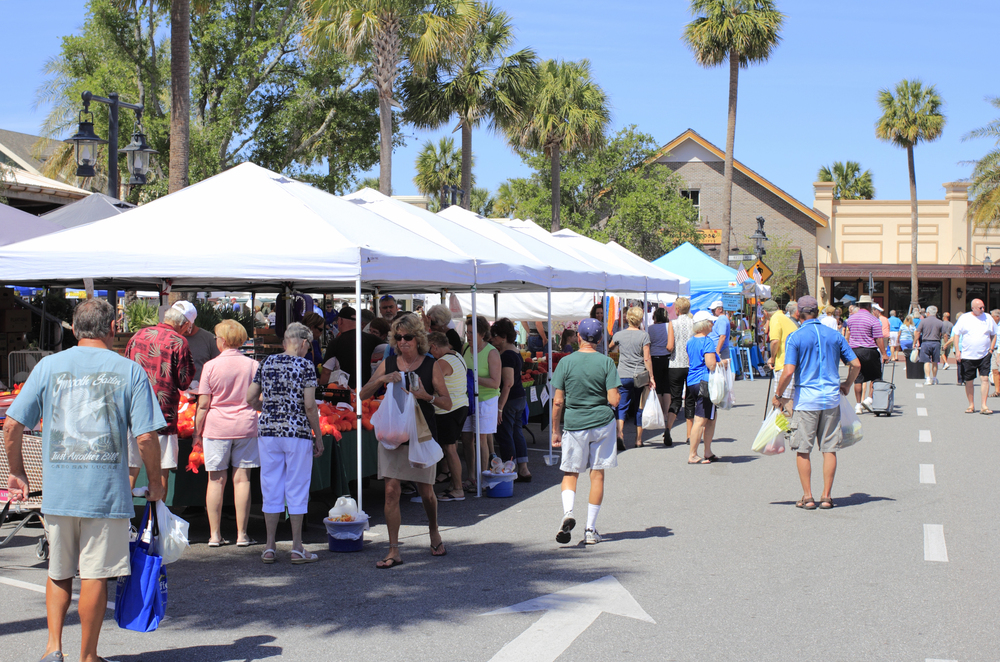The Charm of Small Town Life in the Midwest and How It’s Changing
Elijah Brooks
2025-10-31
6 min read

Small-town life in the Midwest has long held a special place in the collective imagination. These communities, with their wide-open spaces, slower pace of living, and neighborly kindness, are often seen as the quintessential embodiment of American values. But while the charm of Midwest small-town life is undeniable, it is undergoing significant changes driven by shifting demographics, technological advancements, and evolving cultural norms. This article dives deep into what makes life in these small towns so enchanting and examines the forces reshaping them, offering a nuanced look at what the future might hold for the Midwest.
The Allure of Midwest Small Towns
For both residents and visitors alike, small towns in the Midwest exude a distinct warmth and welcoming quality. Town squares lined with locally-owned businesses, weekend farmers' markets, and community festivals are common fixtures of life. Unlike the hustle and bustle of metropolitan areas, these towns provide a sense of stillness, creating an ideal environment for those seeking balance, connection, and a break from urban chaos.Midwesterners are celebrated for their hospitality and friendliness, a trait that creates deeper interpersonal connections. Everyone—from the hardware store owner to the people you pass on the street—is ready with a wave or a friendly hello. Relationships often transcend mere acquaintance and form part of the tight-knit fabric that defines these towns. Nature further enhances the charm. Whether it’s the beauty of rolling fields under a vast blue sky or the serenity of nearby forests and rivers, small towns bring an unmatched sense of closeness to the natural world. It’s a lifestyle rooted in simplicity, slower rhythms, and moments of stillness.
What’s Driving the Changes in Small Town Life?
While the foundation of Midwest small-town life remains sturdy, no community is immune to change. Over the last few decades, several trends have emerged that are reshaping rural America.
Population Shifts and Growth Challenges
One of the most visible changes lies in demographics. Many small towns are grappling with population decline as younger generations migrate to urban centers in pursuit of career opportunities and more modern conveniences. Those who remain often belong to older age groups, leading to struggles in sustaining schools, healthcare systems, and small businesses. However, recent years have seen a countertrend, with remote work making small-town life increasingly appealing to professionals looking for more affordable housing and a higher quality of life. For towns able to attract these new residents, the influx of fresh perspectives injects vibrancy. Nevertheless, ensuring infrastructure and amenities can keep up remains a challenge.
The Role of Technology
Technology has also left an unmistakable imprint. Internet connectivity has bridged once isolating gaps, enabling Midwest residents to compete and collaborate on a global scale. Farmers now employ GPS-driven machinery, allowing for higher crop yields, while small businesses make strides through e-commerce platforms that broaden their customer bases. However, the digital divide remains an issue in many rural areas, with access to high-speed broadband still patchy at best. Towns unable to overcome this hurdle risk being left behind in an increasingly interconnected world.

Cultural Shifts and Modernization
Changing cultural norms have transformed small-town values and traditions. Where once everyone attended church services or gathered religiously for Friday night football games, more diverse social and cultural opportunities are beginning to emerge. Cultural shifts continue to promote inclusivity, with younger generations of Midwesterners increasingly challenging the conservative ethos that has defined many small communities for decades. Additionally, modern conveniences are beginning to reach even the smallest of towns. Trendy coffee shops, coworking spaces, boutique stores, and farm-to-table restaurants are popping up, catering to residents and drawing tourists alike. These amenities reflect a blending of traditional small-town simplicity with contemporary influences, creating a unique and evolving identity.
What’s Next for Midwest Small Towns?
While the changes underway may unsettle long-time residents, they also represent an opportunity for growth and reinvention. Small towns in the Midwest find themselves at a crossroads, balancing preservation with adaptation in ways that maintain their character while staying relevant in the modern world. Efforts are already underway in several communities to address these challenges. Some towns are actively promoting themselves as viable options for remote workers, while others are leaning into tourism by highlighting natural landscapes, historical landmarks, and quirky local attractions. Initiatives centered on revitalizing town centers and improving infrastructure also demonstrate a commitment to creating a sustainable future. At their core, Midwest small towns remain defined by their people and their enduring sense of community. These towns collectively hold on to the values of simplicity, kindness, and connection, even as they step forward into a new era.
Rediscovering the Heart of America
The charm of small-town life in the Midwest is built on timeless values and a sense of place that’s deeply rooted within the nation’s identity. Although changes loom on the horizon, they need not erase the aspects people cherish most. Instead, they offer an opportunity to blend the old and the new, creating vibrant, sustainable communities that hold onto the best of what makes them unique. For those curious about Midwest towns or tempted by the idea of planting roots in one, consider exploring firsthand. You just might find that the warmth of these communities, combined with their evolving potential, makes them the perfect place to call home.



